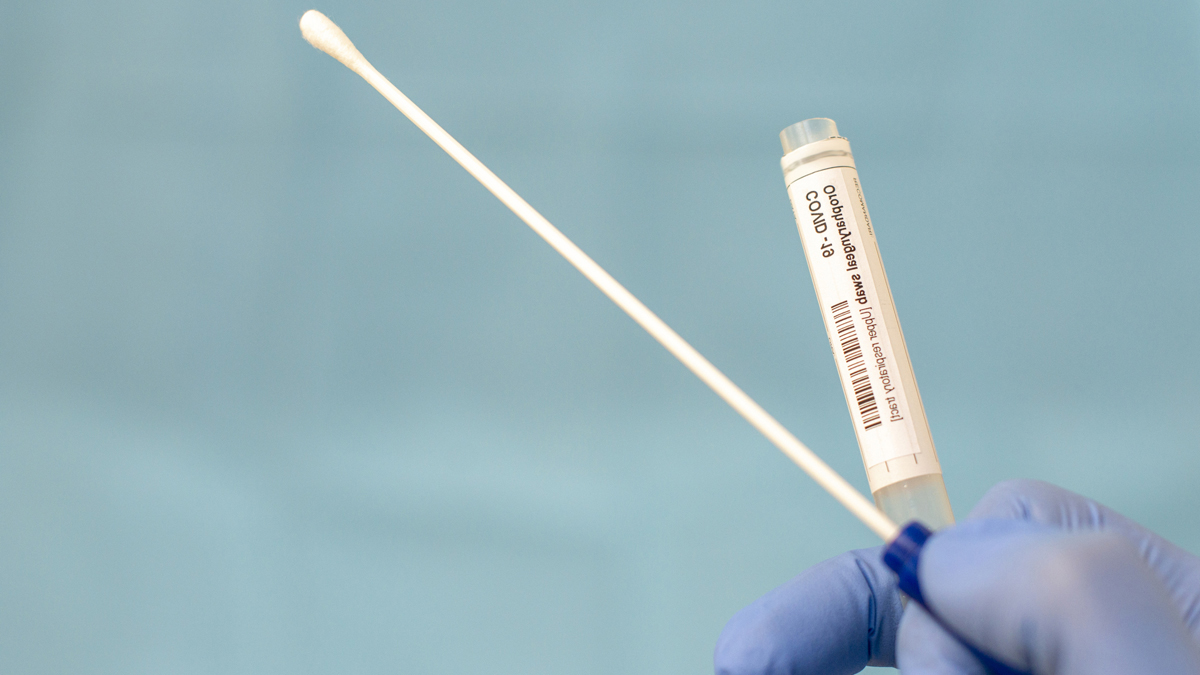With the new Omicron variety causing the majority of Covid-19 infections in Delhi, doctors have stated that the rapid antigen test (RAT) is proving to be more effective at detecting infections than the previous wave. When patients and contacts of positive cases were examined using the test, which is faster but less accurate than an RT-PCR, doctors in the capital reported a positivity rate of 50-70 percent.
This is because the Omicron type prefers to reproduce in the upper airways, which is where the samples are obtained, according to the experts.
“During the current wave, we have seen that many of the people are testing positive on the RAT; many more as compared to the Delta variant. We had to conduct confirmatory RT-PCR tests during the last wave. At present, we still do confirmatory tests for people going into a surgery,” said Dr Suresh Kumar, Medical Director, Lok Nayak Hospital, which was the first government hospital designated for the treatment of persons with Omicron infection.
The RT-PCR test, or other molecular tests such as CB-NAAT and TrueNat, are considered the gold standard for diagnosing Covid-19 as they amplify the viral genome from the patient samples to check whether a person has the infection. The RAT, on the other hand, just test for viral particles in the patient sample without amplifying it. This results in higher false negatives.
For instance, at the peak of the surge in cases in Delhi in November 2020, when the peak RT-PCR positivity rate stood at 30.2 per cent, the positivity rate with RAT stood at 8.39 per cent. A break-up of positivity rate of RT-PCR and RAT is not immediately available from the Delta wave in April-May last year.
“At the time of hospitalisation (for patients with ailments other than Covid-19), we are using RAT, and the positivity rate is as high as 40 to 50 per cent,” said Dr Sumit Ray, Medical Superintendent, Holy Family hospital.
Dr Sandeep Buddhiraja, Group Medical Director, Max Healthcare, said, “The Omicron variant reproduces well in the upper respiratory tract in contrast to the Delta variant that affected the lungs faster. This means that patients with Omicron infection have a higher viral load in their throat and nasal passage from where the sample is collected, so most patients test positive on the RAT itself.”
He added, “If we test those with fever and other Covid-like symptoms, or close contacts of patients who have tested positive, the RAT positivity rate stands at about 70 per cent.”
A study from the United States that compared RAT and RT-PCR positivity in 30 persons during the Omicron wave in December 2020 found that the RAT turned positive nearly three days after the RT-PCR test turned positive.
“RAT has been a very useful screening tool this time,” said Dr Buddhiraja.





